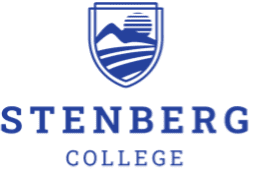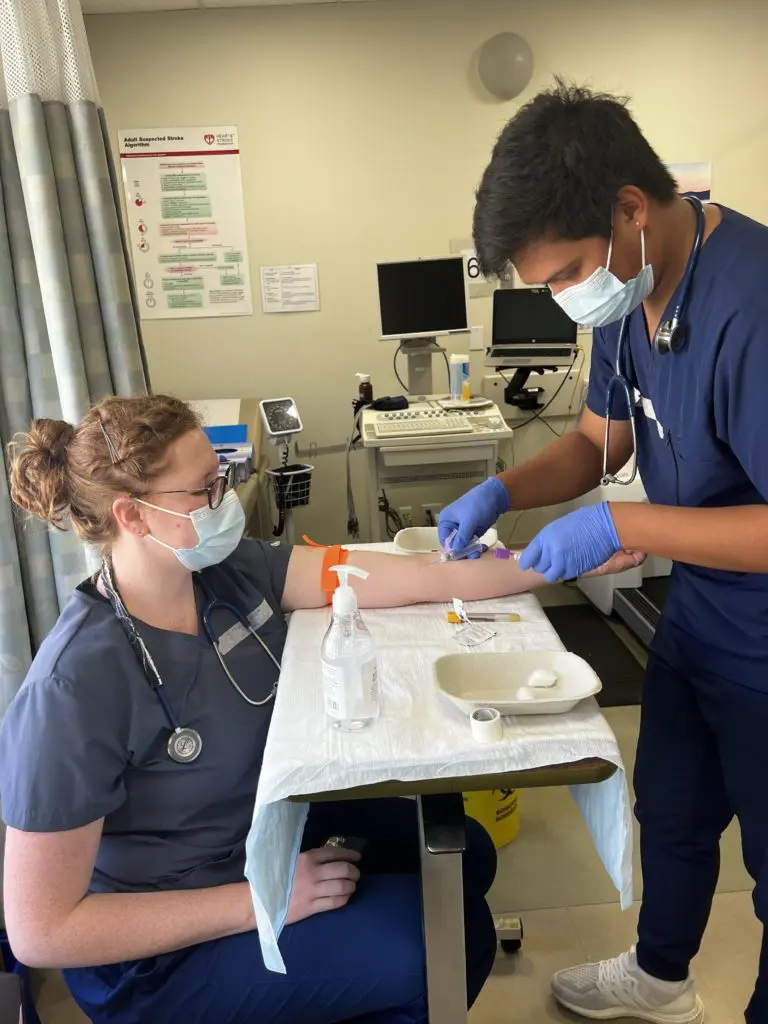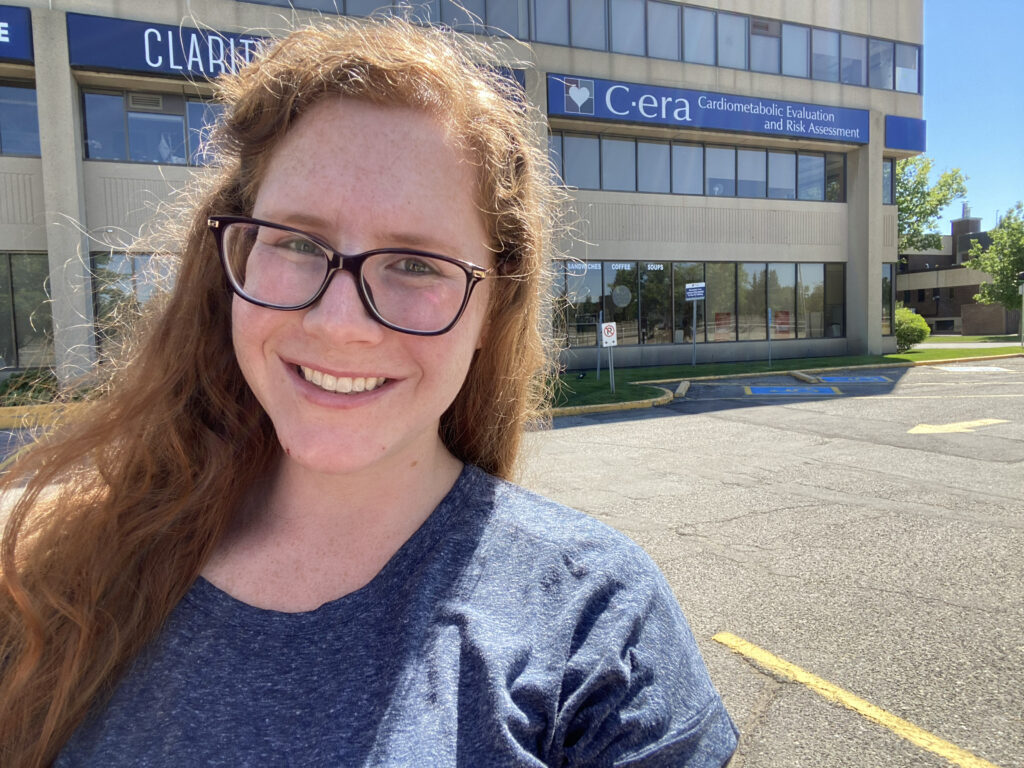An Electrocardiogram (ECG for short) is a non-invasive cardiology diagnostic test that records the electrical impulses of the heart. A typical Cardiology Technologist will perform an average of 80-100 ECG’s per shift, arguably making it the most vital skill of the profession. What that being said, I’m thrilled to report that the time has finally come for my class to dive into the complex and exciting world of ECG’s. While some other healthcare professionals may learn how to hook up and perform an ECG, very seldom are they taught how to read or interpret them. As a future Cardio Tech, this will become my speciality. The course is ten weeks long and began on the second day of June. I’m now three weeks in and I feel as if I have so much to talk about that I don’t even know where to start.
Ramon is our ECG instructor and I don’t think the college could have found a better fit. Not only does he know the material, but he is passionate about ECG’s and has a way of adding in a touch of humour (which helps lighten up such a heavy course). The first week kicked off with building a foundation through strategic steps that we continue to expand upon every day. I had a feeling things would change and become more challenging once the practical courses began and I was right. We’re learning about 1-2 different rhythms per day, with additional abnormalities on top of that. Things are moving at such an alarming speed that sometimes I find it hard to keep up and still retain everything from the weeks beforehand. Learning how to interpret the electrical impulses of the heart, is really like learning a new language. There are guidelines, tools, criteria, exceptions, and such a vast variety of potential findings that its rare to see the same ECG twice.
The most exciting part of this course is my class and I have actually started practicing ECG’s! On Thursdays and Fridays, we all wear scrubs to school and the class splits into two groups. One group works in the classroom with Ramon for further interpretation study, while the other group works in the on-site lab performing ECG’s with our new instructor Kathy. After a couple of hours, the groups switch so everyone gets their chance at both sides of the spectrum. To pass the course, I have to complete fifty successful ECG’s. My first seventeen are on my fellow classmates, and then the real fun begins when I bring in my family and friends from home. My turn hasn’t come up yet to experience the Saturday lab day, but I’ve heard that there are so many “patients” that the time flies by and you get to knock off over a dozen ECG’s from your list. I personally can’t wait to bring in my loved ones to show them first hand what it is I’ll be doing at work.
Although I wish the pace for this course wasn’t quite so fast, I am still thoroughly enjoying it and I get the sense that my classmates are too. It’s a wonderful feeling to be done with the theory aspect and start learning the necessary skills for use in the workplace. My prediction of more homework was correct but there is a lot less memorization and more applying knowledge into something real with results. To my surprise I actually find interpreting ECG’s fun, almost like solving a puzzle. Sure the really challenging ones can frustrate me to no end, but the sense of accomplishment when I figure it out is a great feeling. The first few weeks of ECG practice have not only reignited my enthusiasm for school, but it’s making it easier to picture myself working as a Cardio Tech after graduation.
Check out a video of our cardio tech students in action.






![An ECG demonstrates the extensive antero-septal-lateral myocardial infarction [heart attack] that Taryn witnessed.](https://stenbergcollege.com/wp-content/smush-webp/2022/12/ecg-1024x530.jpg.webp)



